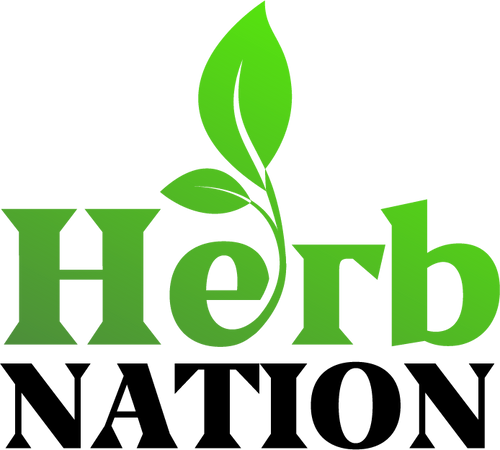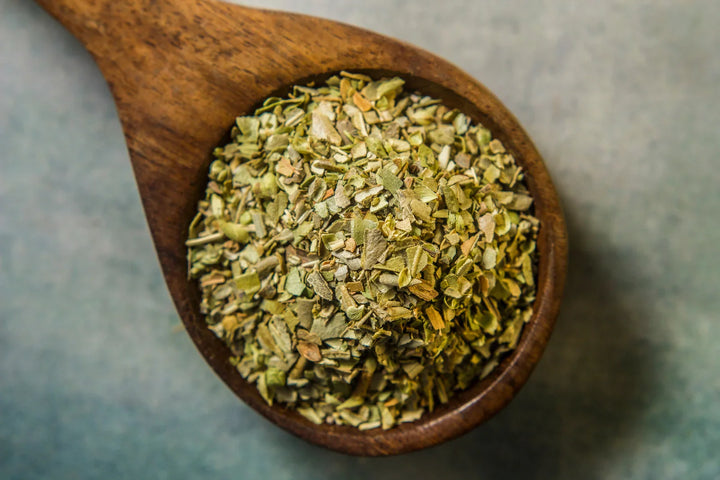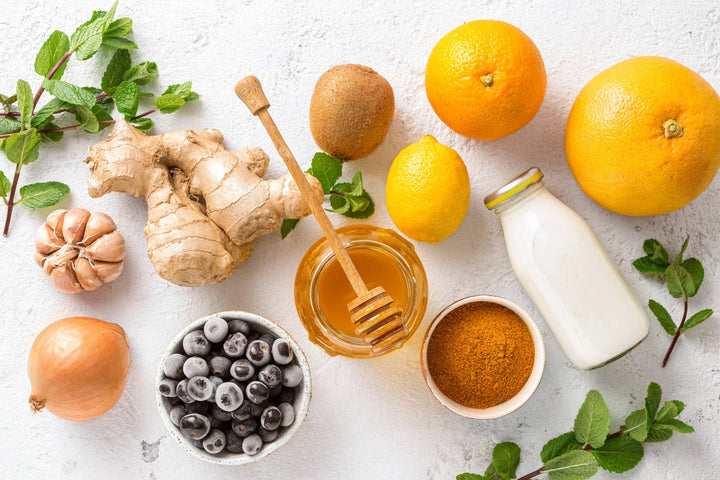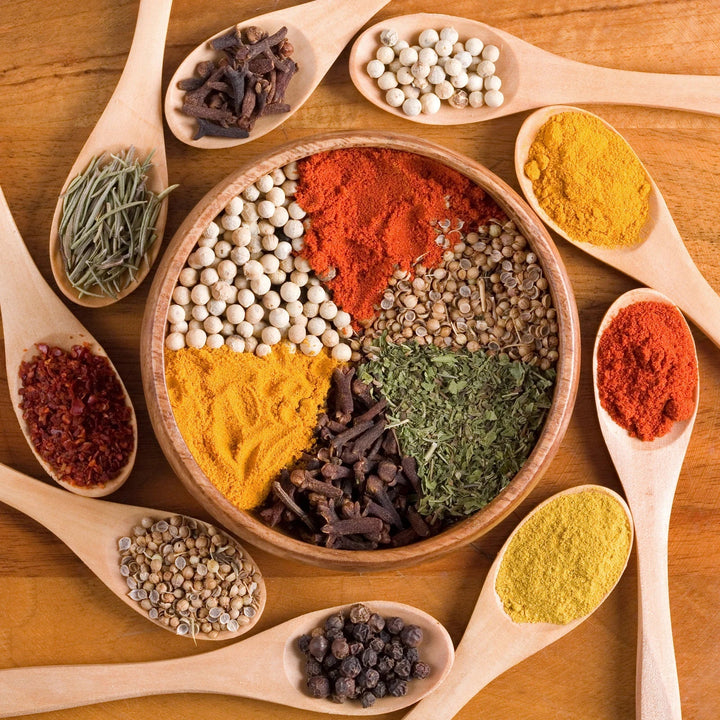Lemon Myrtle: Australia’s Native Botanical Treasure
Among the diverse array of native Australian flora, Backhousia citriodora — more commonly known as lemon myrtle — stands out as a true botanical gem. Endemic to the subtropical rainforests of Queensland and northern New South Wales, this aromatic evergreen tree has gained widespread recognition not only for its distinctive citrus fragrance, but also for its culinary, medicinal and therapeutic qualities.
A Distinctly Australian Native
Lemon myrtle is a small to medium-sized tree that thrives in warm, humid climates. Its glossy green leaves are rich in essential oils, which carry an exceptionally strong lemon scent. Despite the name, lemon myrtle is not part of the citrus family. Its signature aroma and flavour are attributed to citral, a naturally occurring compound that makes up more than 90% of its essential oil content — the highest known concentration in any plant.
The leaves are the most commonly used part of the tree, and have become increasingly sought-after in Australian cuisine, skincare, herbal remedies and natural cleaning products. However, its use and value go far deeper, rooted in the traditional knowledge of Australia’s First Nations peoples.
Indigenous Knowledge and Traditional Uses
For thousands of years, Aboriginal Australians have valued lemon myrtle for its powerful medicinal properties. The leaves were traditionally crushed and infused in water to create a soothing tea used to alleviate symptoms of colds, sore throats and digestive discomfort. The leaves were also applied topically to wounds, thanks to their natural antibacterial and anti-inflammatory properties.
This traditional use highlights the remarkable depth of Indigenous ecological knowledge, where plants like lemon myrtle are not only sources of nourishment and healing, but part of a larger, interconnected system of sustainable living.
Culinary Applications
In recent years, lemon myrtle has emerged as a hero ingredient in modern Australian cuisine. Its vibrant, lemon-lime flavour adds a unique dimension to both sweet and savoury dishes. Chefs across the country are using it to reinvent traditional recipes, enhance native food offerings, and provide a fresh twist on global cuisines.
Lemon myrtle works particularly well with creamy, rich or fatty foods, as its sharp citrus notes cut through and balance those heavier flavours. It is commonly used in:
- Marinades for fish, chicken and kangaroo
- Herbal teas and refreshing infusions
- Creamy desserts such as panna cotta, ice cream and cheesecake
- Butters, oils, spice rubs and salad dressings
Dried lemon myrtle, in particular, is incredibly potent — a little goes a long way.
A Natural Antimicrobial Agent
Beyond its culinary value, lemon myrtle is increasingly appreciated for its role in natural health and wellbeing. Its high citral content gives it strong antimicrobial, antifungal and antiviral properties. As such, it is a popular inclusion in:
- Natural deodorants
- Skincare products, especially for acne or sensitive skin
- Herbal health supplements and immune-boosting teas
- Eco-friendly cleaning sprays and soaps
Studies continue to explore lemon myrtle’s effectiveness as a natural preservative and its role in combating common pathogens without the need for synthetic chemicals.
Interesting Facts
- Citral supremacy: Lemon myrtle contains up to 98% citral — more than lemongrass, lemon balm or lemon verbena.
- Known as the “Queen of the Lemon Herbs”, it is prized for its intense flavour and fragrance.
- During World War II, lemon myrtle was reportedly used in herbal infusions to help Australian soldiers with respiratory infections.
- It was reintroduced to commercial cultivation in the 1980s, as part of the bushfood movement aiming to reconnect Australians with native ingredients.
- Today, lemon myrtle is exported internationally and featured in teas, essential oils, gourmet products and cosmetics around the world.
Lemon myrtle is more than a flavouring — it is a symbol of Australia’s rich botanical heritage and Indigenous wisdom. With applications spanning cuisine, health, natural beauty and sustainable living, it continues to gain popularity both locally and globally.
As consumers seek out ingredients that are natural, functional and ethically sourced, lemon myrtle stands out as a distinctly Australian offering with a compelling story and a promising future.




